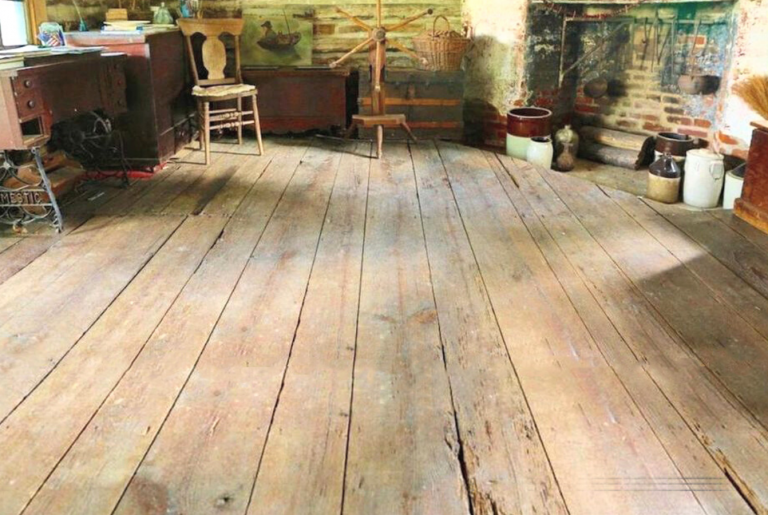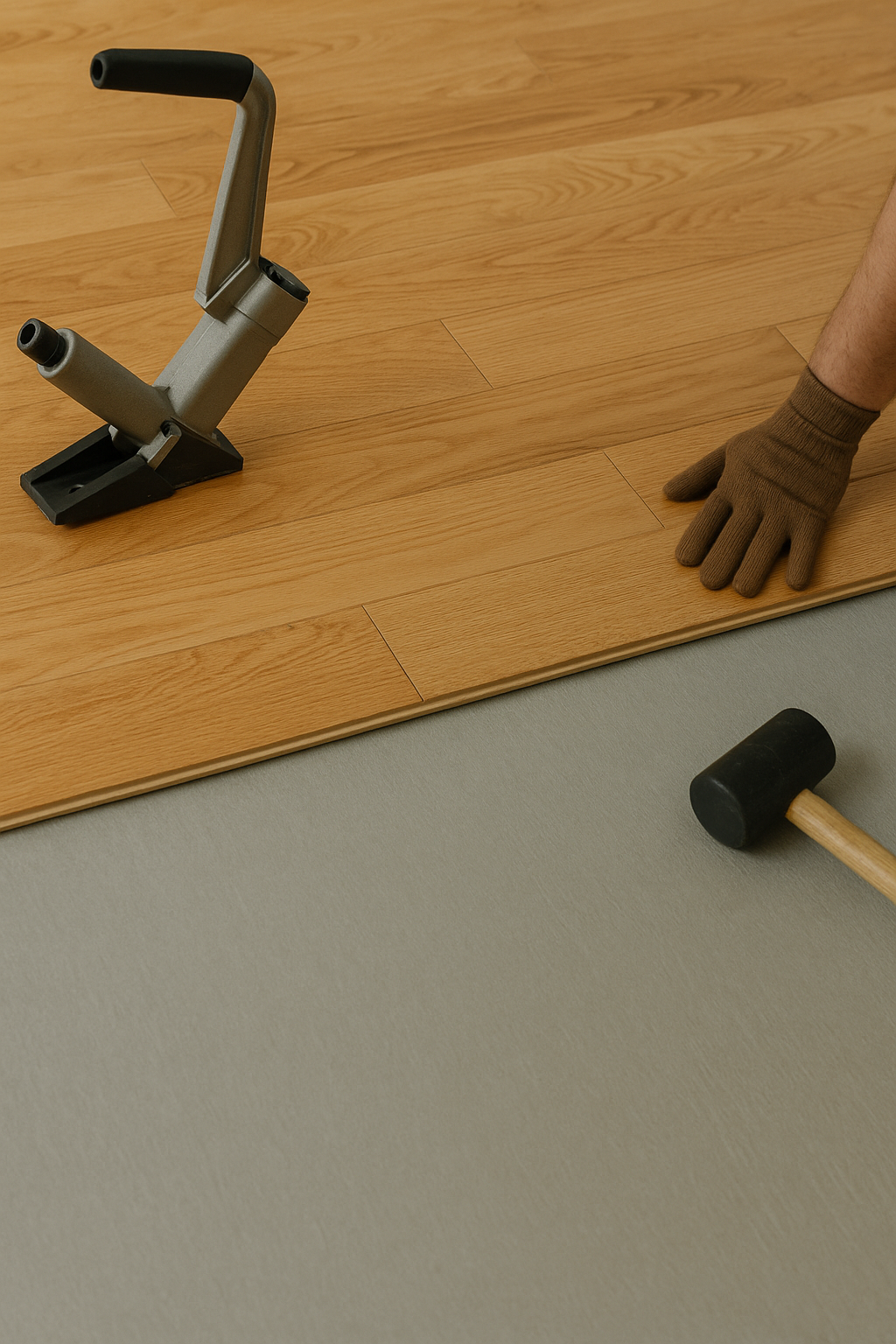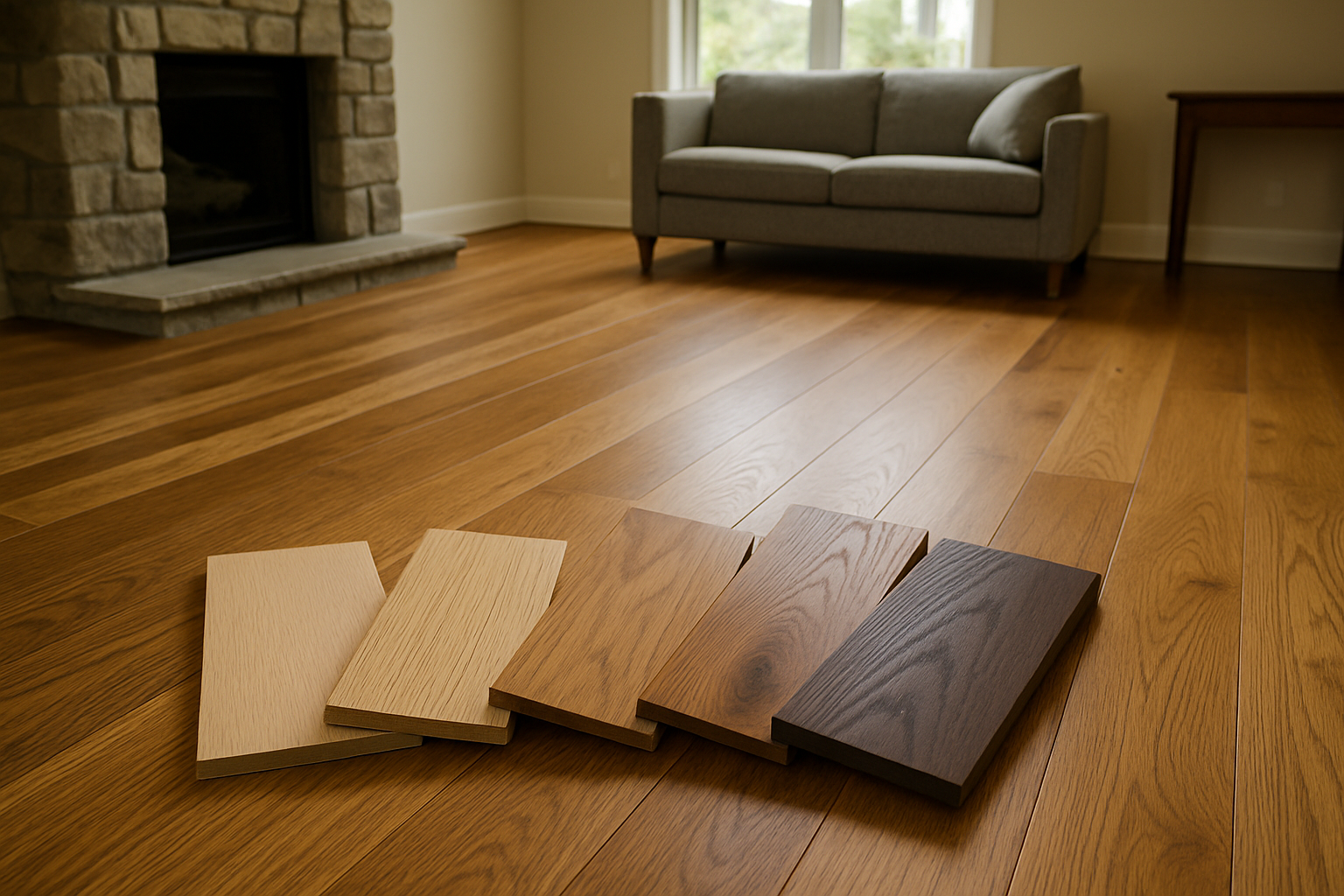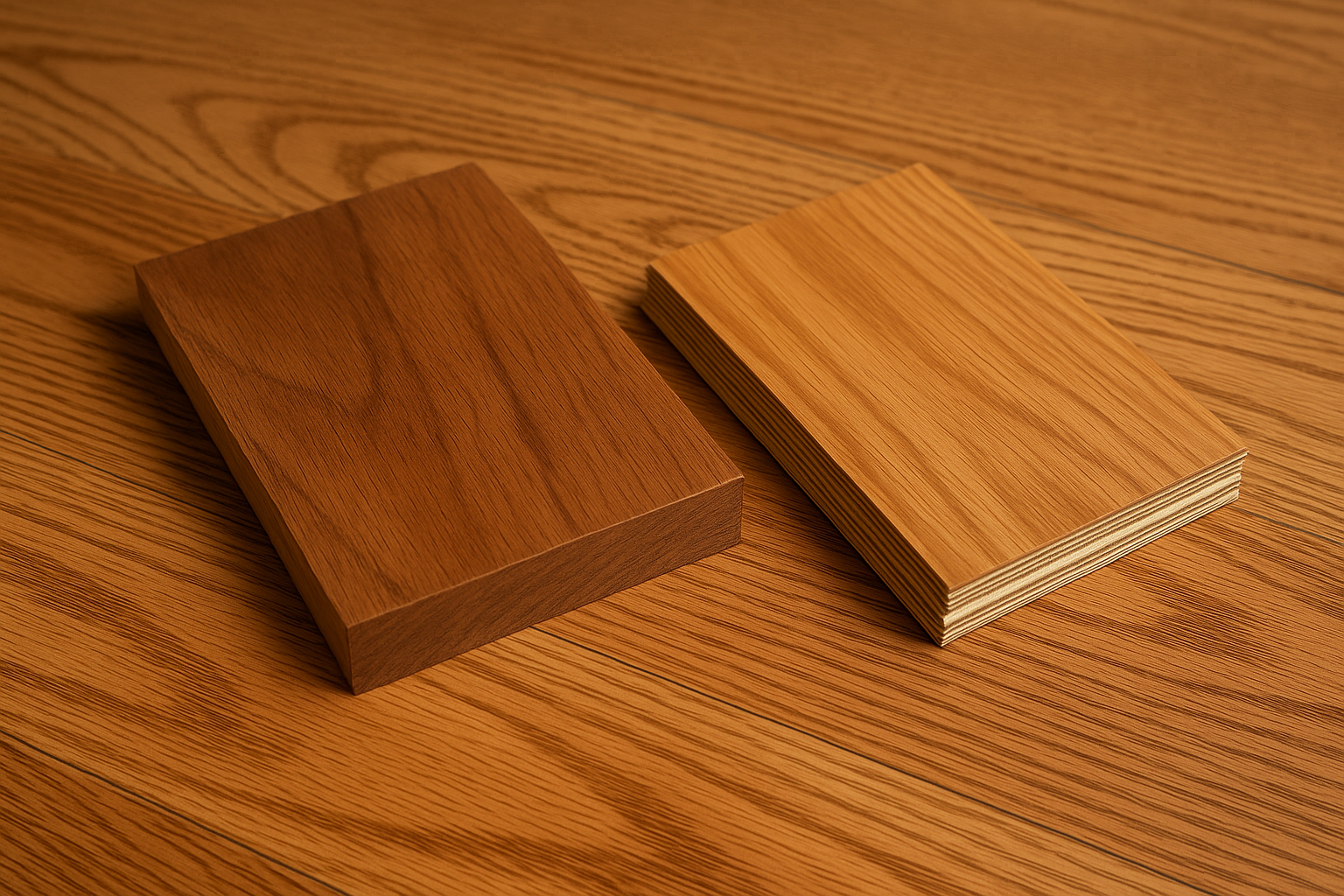The Evolution of Hardwood Flooring: A Historical Perspective

Hardwood floors have been a symbol of craftsmanship, elegance, and longevity for centuries. From hand-hewn planks in early American homes to today’s prefinished engineered masterpieces, the story of hardwood flooring reflects both technological progress and timeless design.
At AGW Hardwood Floors, we honor that history every time we refinish, install, or restore a wood floor — combining traditional skill with modern precision to deliver beauty that lasts.
Let’s take a closer look at how hardwood flooring has evolved through the ages and why it continues to be one of the most desirable flooring choices for homes in Connecticut and Western Massachusetts.
Early Origins: When Wood Met Function
In the 1600s and 1700s, hardwood flooring began as a purely functional material. Settlers and craftsmen used locally sourced wood—often oak, pine, or maple—to create sturdy planks that could endure decades of wear.
These early floors were hand-sawn, uneven, and finished with natural oils or wax. They were typically structural, serving as both subfloor and surface. The look was rustic and raw, but it had one distinct advantage: durability.
Over time, homeowners began to appreciate not just the strength of wood floors, but also their warmth and beauty. What started as practicality gradually became an aesthetic statement.
The 1800s: The Rise of Decorative Hardwood Flooring
By the 19th century, industrial sawmills made it possible to produce uniform planks, leading to more refined flooring installations. Hardwood floors became a sign of wealth and sophistication in Victorian-era homes.
Parquet patterns—especially herringbone and chevron—were introduced in Europe and quickly gained popularity in the United States. Craftsmen began combining woods of different species and colors to create intricate inlays and borders.
In many historic homes throughout New England, you can still find these original hardwood floors, a testament to both the materials and the craftsmanship of the time.
The Early 1900s: Hardwood Becomes a Household Staple
In the early 20th century, hardwood flooring moved from luxury to standard. As milling technology advanced, tongue-and-groove boards made installation smoother and more secure, reducing gaps and drafts.
Oak became the most common species due to its strength, abundance, and versatility. Maple, birch, and walnut also saw wide use. During this period, wood floors were typically finished on-site with oil-based sealants and waxed to a high sheen—a look that defined classic American interiors.
However, after World War II, carpet gained popularity as a lower-cost alternative, temporarily pushing hardwood to the background.
The Mid-1900s: Hardwood’s Comeback
By the 1960s and 1970s, homeowners began rediscovering the lasting value of hardwood flooring. The natural appeal of wood, combined with improved finishing products, brought hardwood floors back into focus.
Polyurethane finishes replaced wax, creating a more durable, low-maintenance surface that highlighted the natural grain and color of the wood.
Restoration and refinishing also became popular—many homeowners uncovered original hardwood floors hidden beneath carpet and vinyl, reviving the classic charm that defines so many Connecticut and Massachusetts homes today.
The Modern Era: Engineered and Prefinished Innovation
Today, hardwood flooring has evolved into a perfect blend of craftsmanship and technology. Engineered hardwood, with its layered construction, provides enhanced stability against humidity and temperature changes—especially valuable in New England’s variable climate.
Prefinished hardwood floors have revolutionized installation by offering factory-applied coatings that are stronger, more consistent, and environmentally friendly. These options deliver both beauty and convenience without compromising on quality.
At AGW Hardwood Floors, we specialize in both traditional site-finished installations and modern prefinished hardwoods, giving homeowners the best of both worlds—authentic craftsmanship and cutting-edge performance.
The Future of Hardwood Flooring
Sustainability is shaping the next chapter of hardwood flooring. Responsible sourcing, reclaimed wood, and eco-friendly finishes are becoming industry standards.
Homeowners today are also embracing wide-plank styles, natural matte finishes, and lighter tones that reflect more light and make spaces feel open and inviting. These design choices echo the timeless nature of wood while meeting contemporary tastes.
As innovation continues, one thing remains constant: the enduring appeal of real hardwood.
Why the Past Still Matters
Understanding the history of hardwood flooring helps explain why it continues to outlast trends and alternatives. Each plank tells a story — of craftsmanship, culture, and connection to nature.
At AGW Hardwood Floors, we carry that legacy forward in every project we complete. Whether restoring a century-old maple floor or installing a new prefinished oak masterpiece, our mission is the same: to create floors that blend art, durability, and timeless value.
Transform Your Floors with AGW Hardwood Floors
Ready to bring the beauty and history of hardwood into your home? AGW Hardwood Floors proudly serves homeowners throughout Connecticut and Western Massachusetts, offering expert installation, dustless refinishing, and custom design services.
Let our team transform your floors with craftsmanship rooted in tradition and perfected through innovation.
Contact AGW Hardwood Floors today to schedule your consultation or explore our portfolio of premium hardwood flooring projects.



